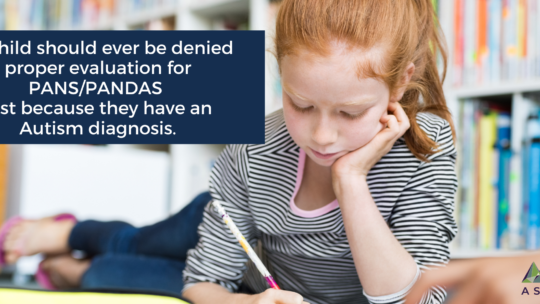Kinderlehrer DA. Inflammation as the Common Pathophysiology Linking Stress, Mental Illness, Autoimmunity and Chronic Disease: Implications for Public Health Policy. J Biomed Res Environ Sci. 2024 Mar 28; 5(3): 242-255. doi: 10.37871/jbres1889, Article ID: JBRES1889, Available at: https://www.jelsciences.com/articles/jbres1889.pdf
- The article discusses the interplay between genetics, epigenetics, stress, trauma, inflammation, mental illness, autoimmunity, and chronic disease.
- While modern medicine has made significant advances in disease care,
it appears that lifestyle intervention, early childhood intervention, and socioeconomic
investment and have the potential to make an even greater impact on the mental and
physical well-being of the population.
- An individual’s genetic makeup influences susceptibility to conditions, but environmental factors like stress and trauma can modify this through epigenetics.
- Chronic stress and trauma can induce epigenetic changes and dysregulate immune responses, leading to inflammation, mental illness, autoimmunity, and chronic disease.
- Lifestyle changes like exercise, diet, and toxin management can reduce inflammation and risks of mental and physical illness. Stress is a key factor and reducing stress through mindfulness, meditation, and exercise can decrease inflammation. Loneliness is a significant stressor and healthy social connections are important.








